|
So, I finally got around to the introduction of architectural drawings. The three basic drawing views used to express an architects design is the plan, elevation, and section. Each of these types of drawing are essential for a designer to communicate their projects to others. So how do we show these concepts to kids? With CAKE! Jam and the IWJ crew learned architectural drawing concepts with everyone favorite treat. (Please don't judge my cake decorating skills- the point got across) As you can see from the pictures I broke out my reliable landscape books to show them examples of real plans, sections, and elevations. (those college books still come in handy) After we looked at book examples they each took a turn investigating the cake. With every drawing, we discussed the differences, focusing primarily on shapes. We talked about how in plan view the cake looked like two circles, but in elevation it was two rectangles. The hardest part of the lesson was keeping the kids out of the icing. Every time I looked away Jam’s fingers and lips got browner. I have to admit the best part of the lesson was eating the cake. ActivityFind your house on Google Earth. Look at the aerial view (plan) around your neighborhood. If available jump to street view (elevation) and discuss the differences you find. Case study #14- Investigate a snack. Find two snacks in the kitchen and draw them in plan, elevation, and section. Then devour. Drawings from the books
The old house book of cottages and bungalows- by Lawrence Grow Landscape graphics. Plan, section, and perspective drawings of landscape spaces- by Grant W. Reid.
0 Comments
This group of investigators examined their neighborhood for patterns. Patterns are a big element of design and can be found everywhere. We talked about how to look for different rhythm schemes like A-B-A-B and A-BB-A. I pointed out examples like how the cars were parked, car –empty space- car- empty space, and the colors on the ground: green grass- tan sidewalk-green grass-tan sidewalk. I shared how many of the patterns we see are not accidental because designers think about these things. The team thought that was pretty cool. The team tried to just stand on the front steps and look around but I was not going to let that slide. You gotta get out and about, move around a little and all that jazz. ActivityCase Study #13- What patterns can you find around you? Find an object pattern, shape pattern, and color pattern. Happy hunting.
Jam and some friends took a closer look at their neighborhood. I asked them to write things they thought every neighborhood should have. We did this outside so I told them not to cheat by looking around. They came up with some general good stuff like trees, houses, and playgrounds. To encourage them to think harder I asked them questions to lead them to other items in our neighborhood. Our dialog went as follows: I asked, “If you changed Kal’s stinky diaper where would you put it?” They answered, “In the trash.” I asked, “Would you want that trash to stay inside and stink up the house?” They yelled “NO!” Then I said, “So what do you need?” Before I finished my question they yelled dumpster, and pointed to the dumpster by our cars. Then I asked, “So do you think that is important for a neighborhood to have? Why?” Some repeated back to me the same diaper scenario back to me and some gave me other reasons. We talked about street lights, fire hydrants, and electric boxes and poles. Once they made their list we searched the neighborhood for them. The best find was when one of the kids pointed out the storm water inlet and manhole. He said it was important because the inlet kept the road from flooding. Such a smart answer moment hilariously transitioned into Teenage Mutant Ninja Turtle sewer conversation. It’s funny how TMNT sneaks in every conversation. The kids got side tracked checking the playground off their list because… well you can see why. Overall they had a blast running through the neighborhood, and asked me when they could do the next activity. So I guess Investigate With Jam has extended to With Jam and Friends. ActivityInvestigate your neighborhood.
Case study #11: Try to find the items on the list. Discuss why they are important to have in your neighborhood.
Back to the blog- So we talked about how murals are made. They typically start with a smaller sketch. Once the artist is finish with the design they create a grid over it to understand the proportion and scale in relation to the wall that it will go on. Lastly the sketch gets translated on to the wall. For this blog activity we took this concept and applied it to the sidewalk. This is what I call color by number at its simplest. You gotta love street art. ActivitySearch your city for street art. Keep an eye out for murals, sculptures, and fun pavement designs.
Case study #8: Create your own street art. Use sidewalk chalk to recreate the case study picture on the ground. We explored two playgrounds on two different days. The first playground is a modern looking playground made up of one big play unit in our neighborhood. We counted the things that could get you high in the air and the things that you could play under. Jam tested the things he could climb and the slides.
Back at our house we discussed the differences, his likes, and dislikes, and at the end of the day he became a playground designer. ActivityVisit two different playgrounds and discuss their differences.
Case study #6: Design your playground. Download the playground critique and use your experience from the two playgrounds to design and draw your own. |
Investigate with Jam is an activity blog in the
Radicle Roots Series. Our mission is to get out and explore our environment. #iwjFunJoin the investigation & share your fun with
#IWJFUN on Instagram AuthorCourtney McQueen is a landscape designer and children's book author from Columbia, MD 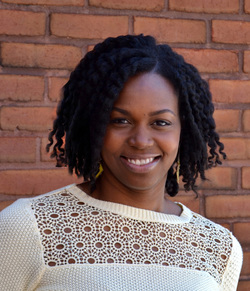
Archives
August 2017
Categories
All
|
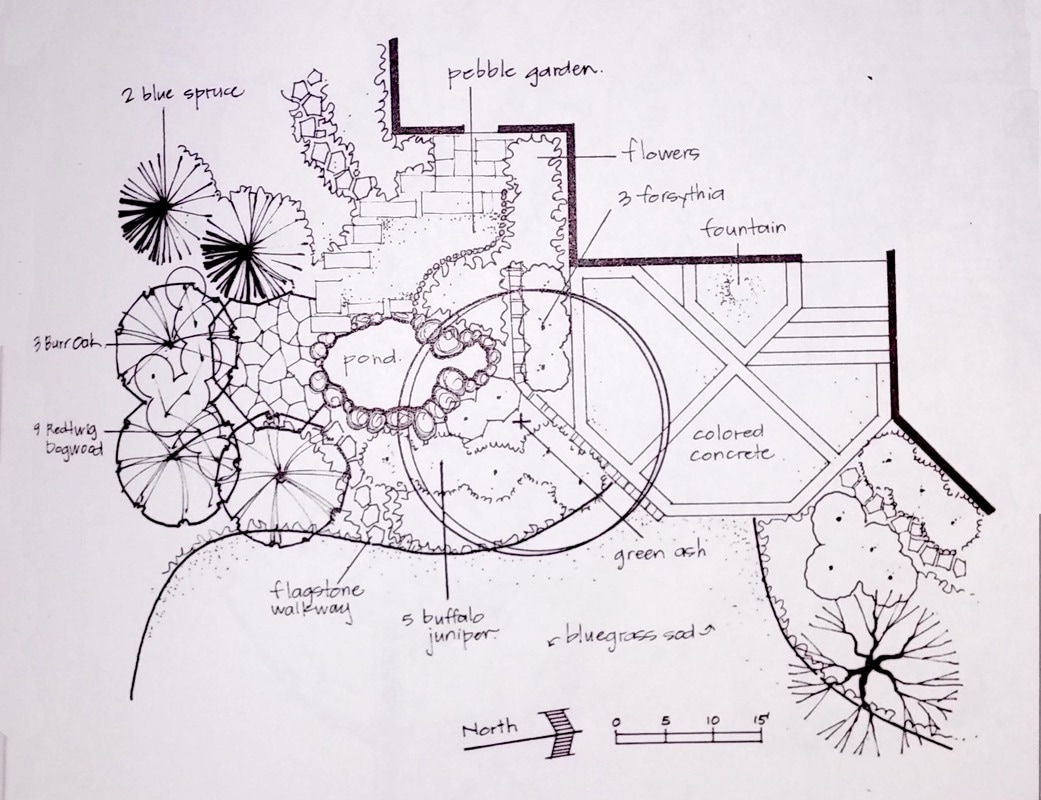

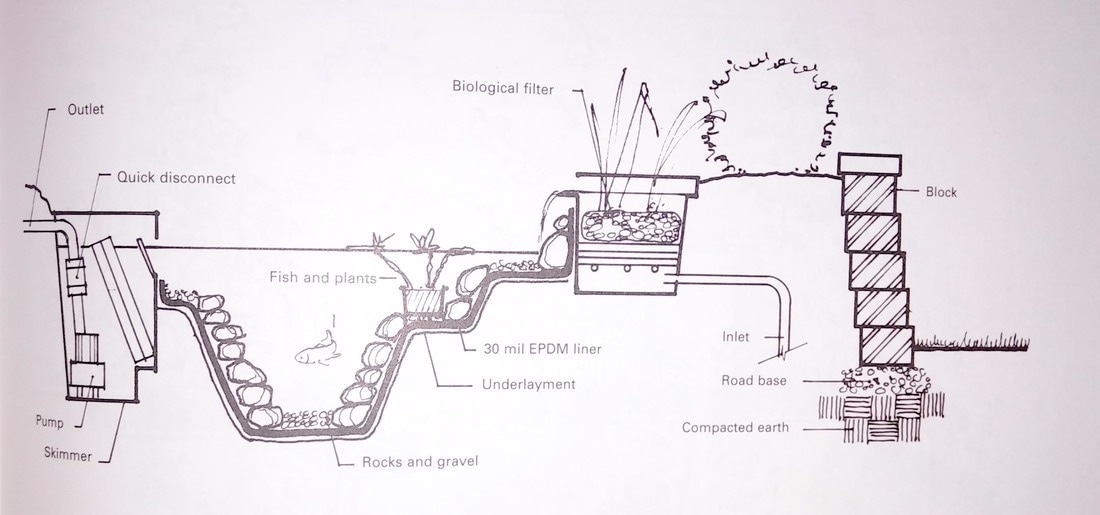
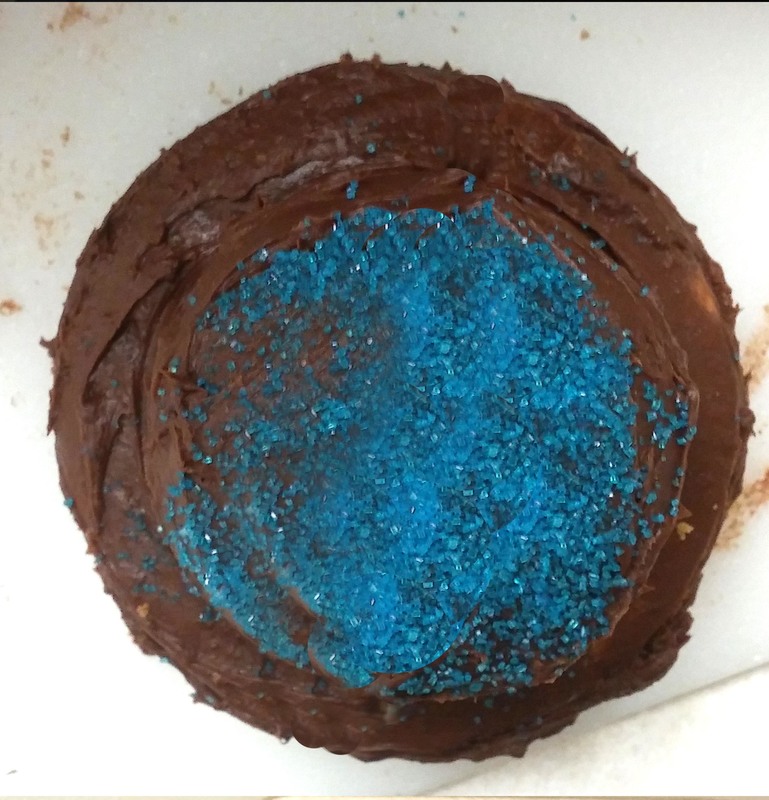

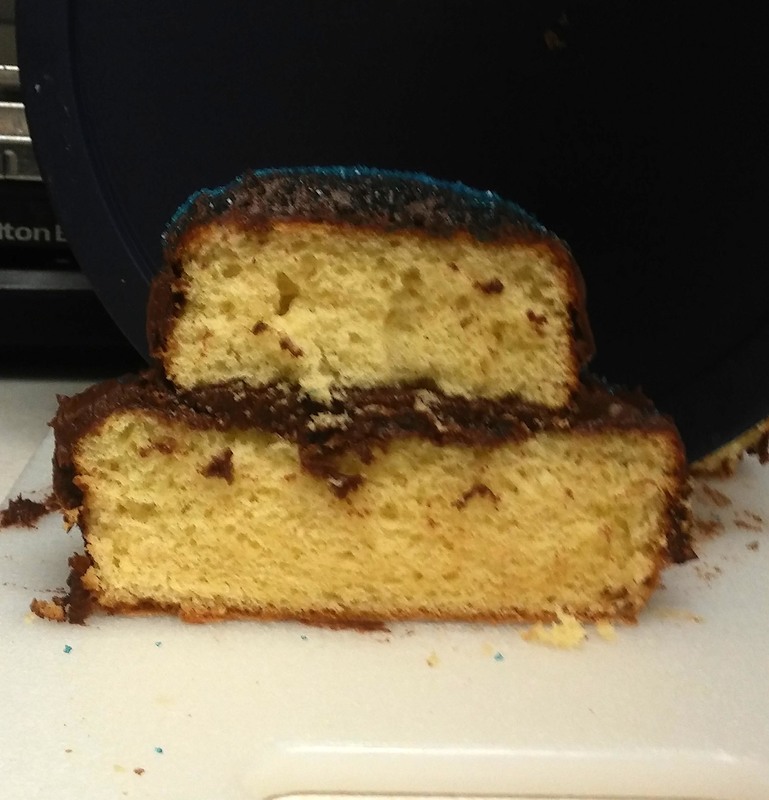
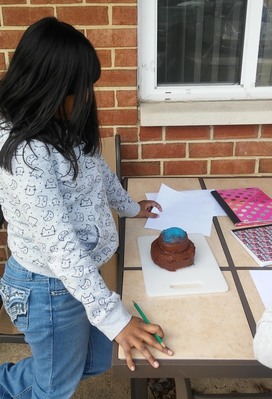
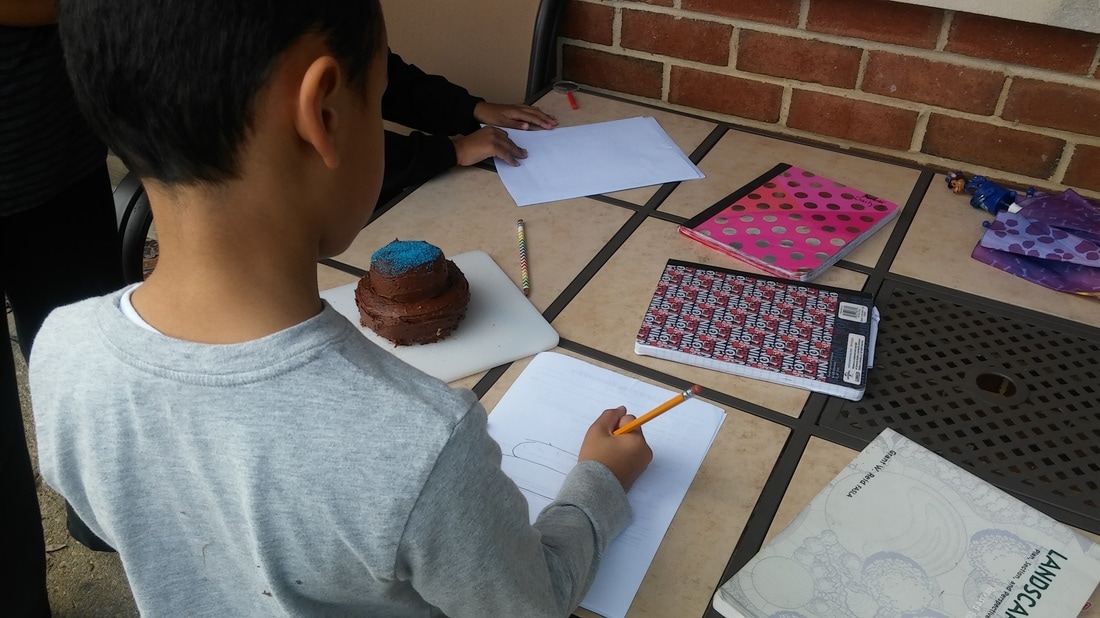
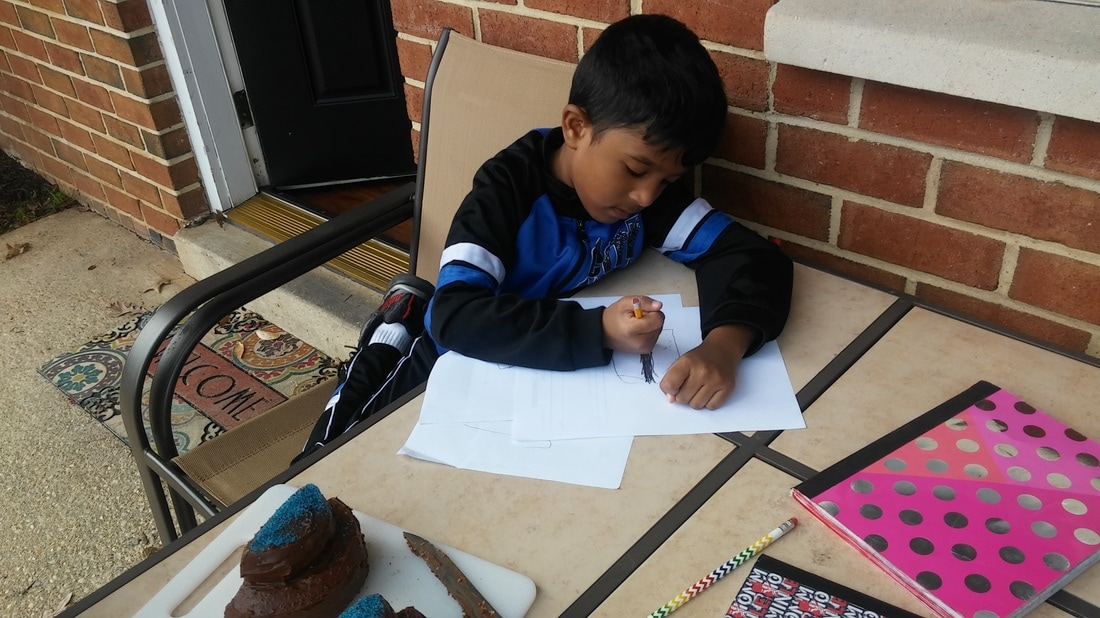

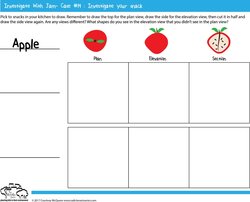
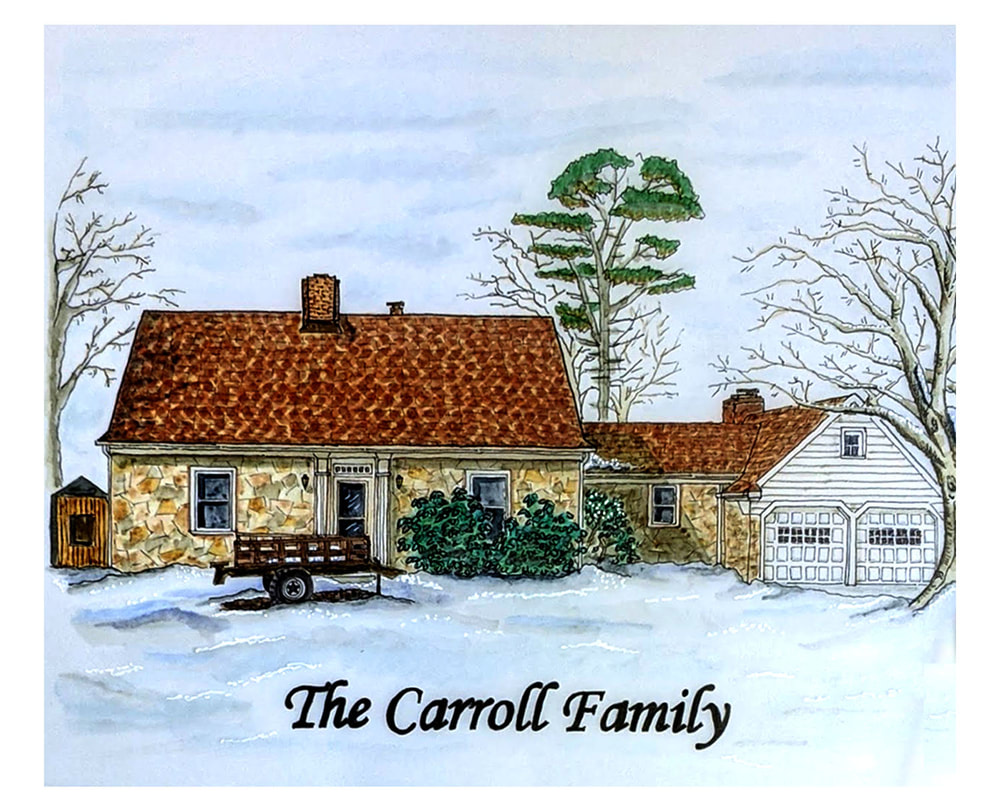
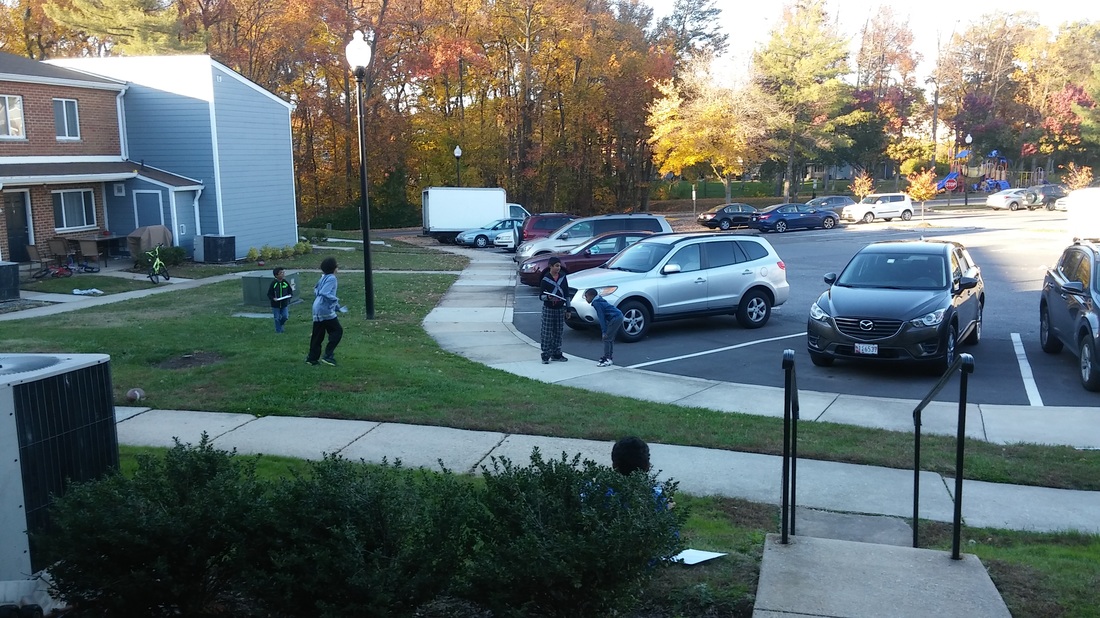
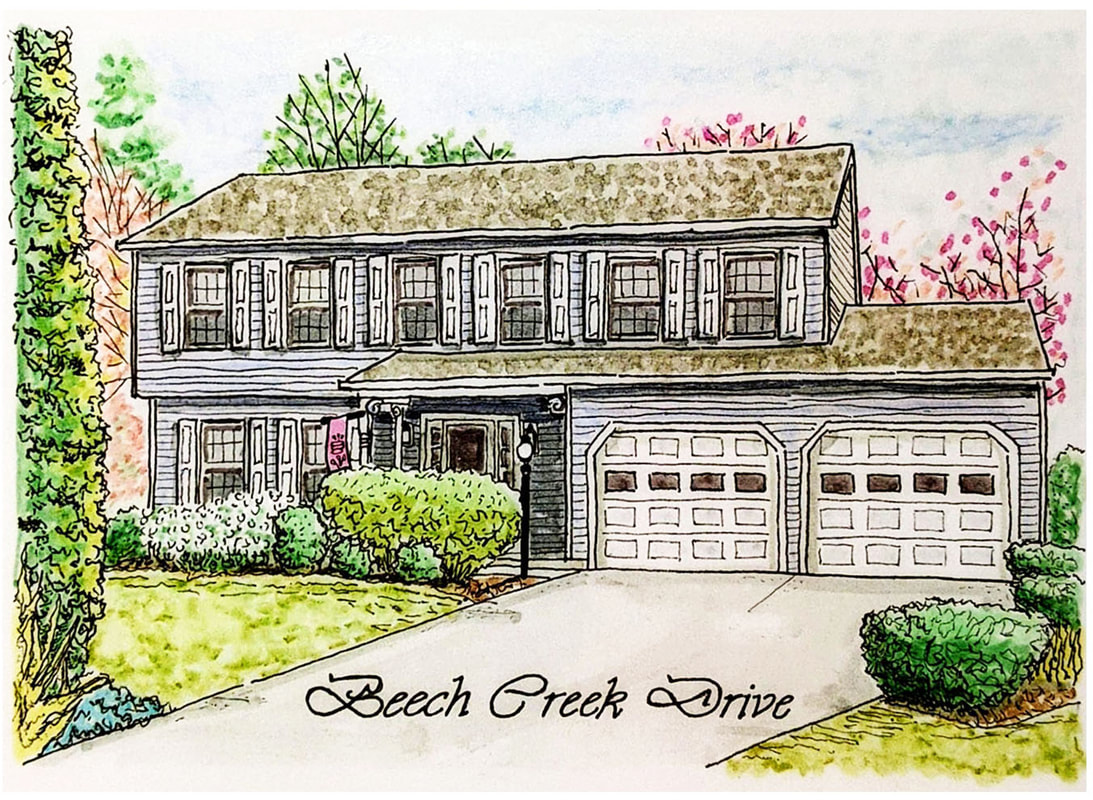
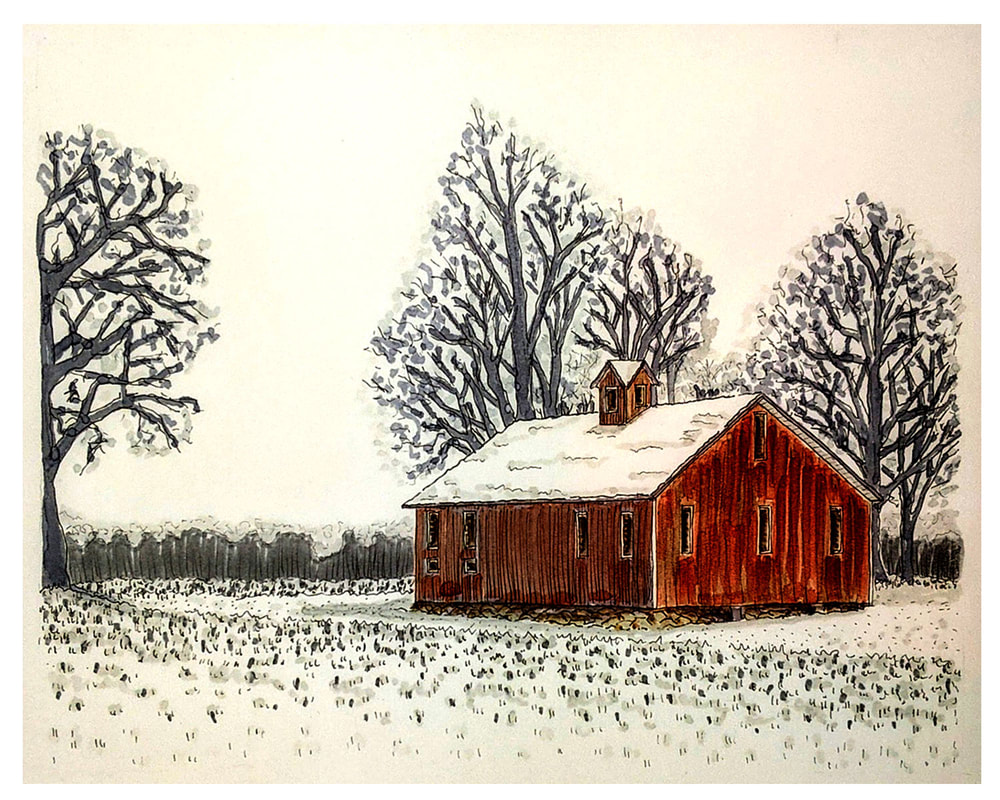
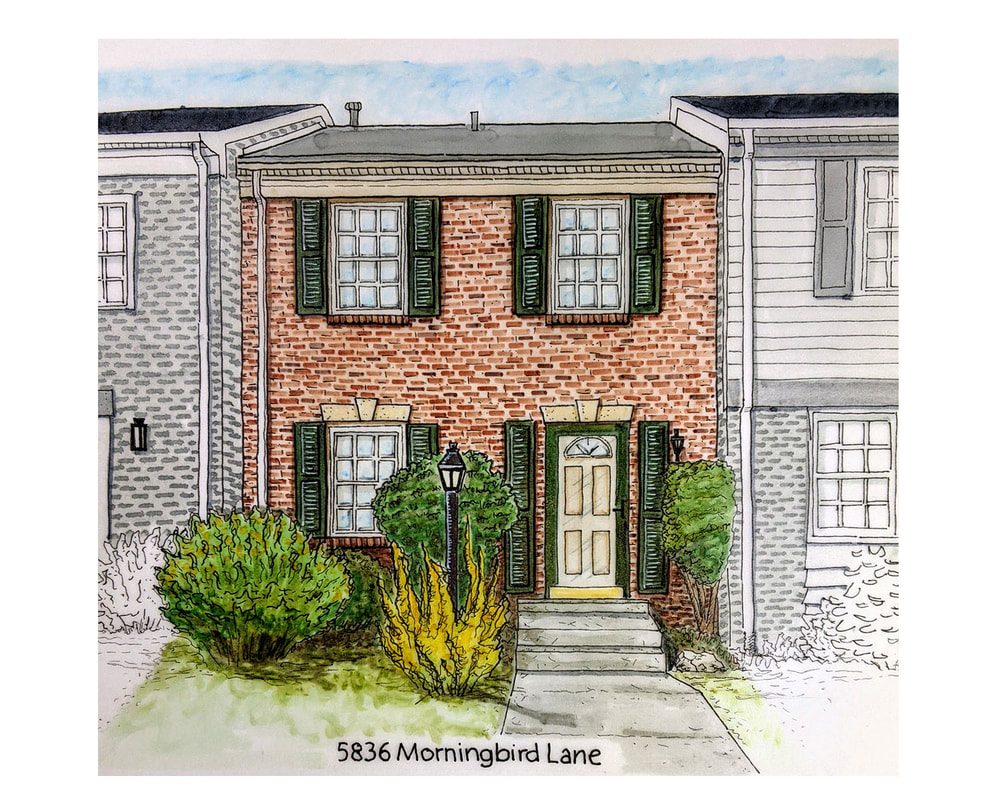
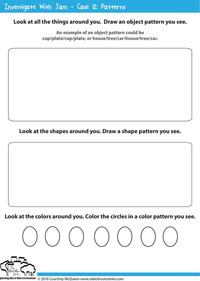
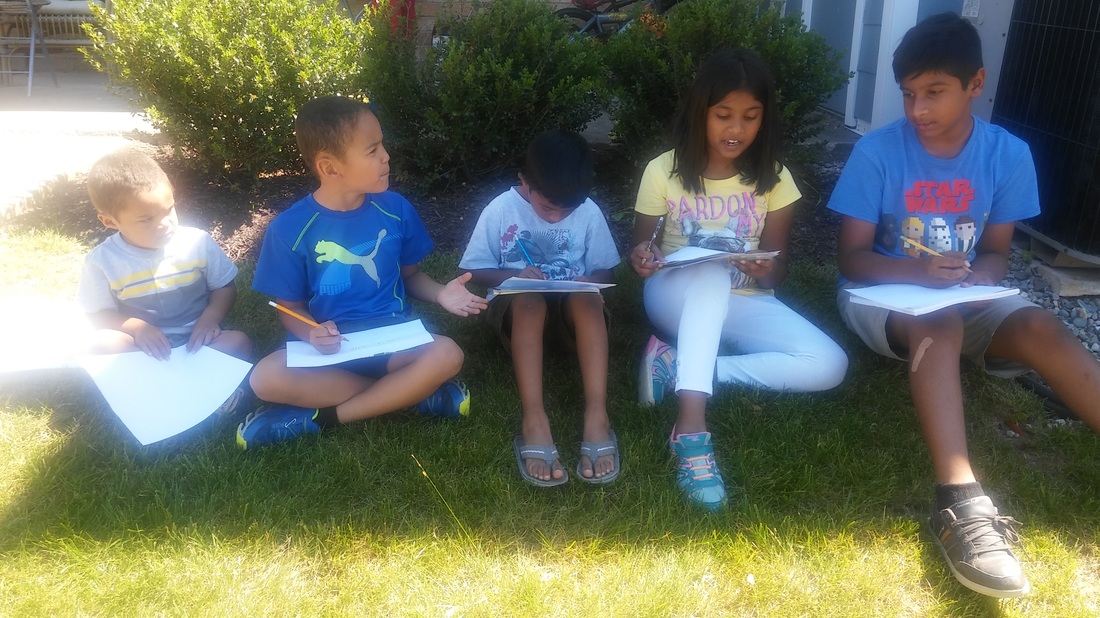

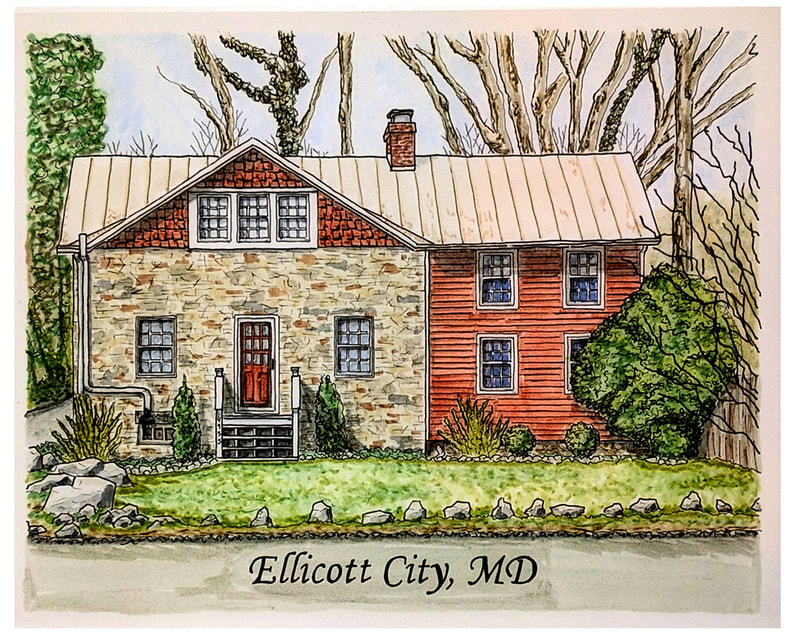
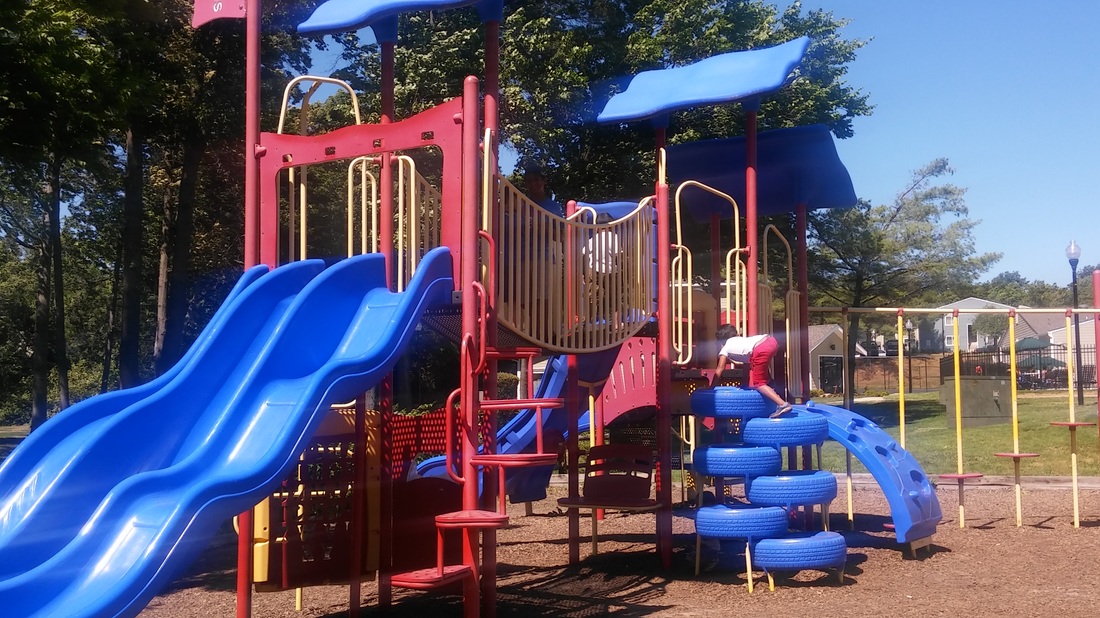
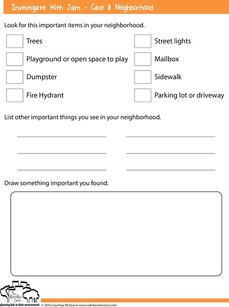
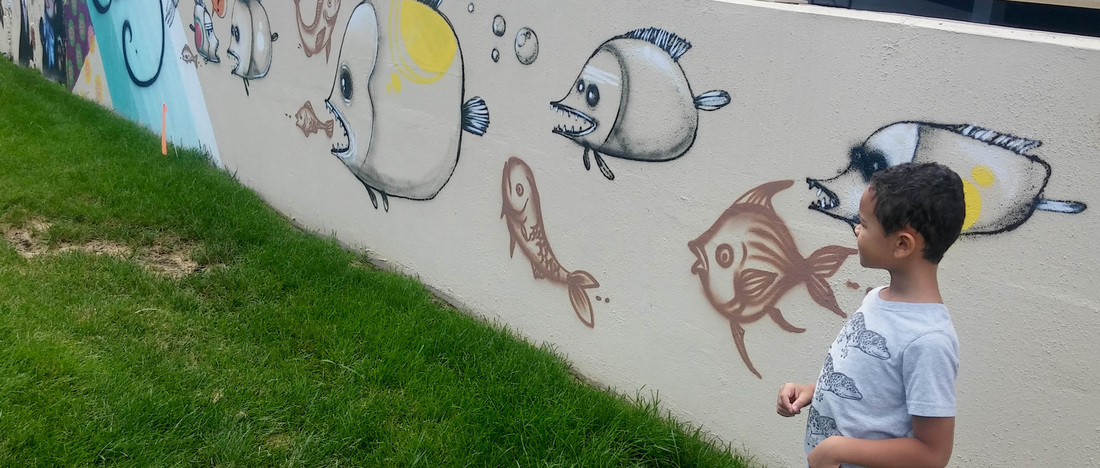
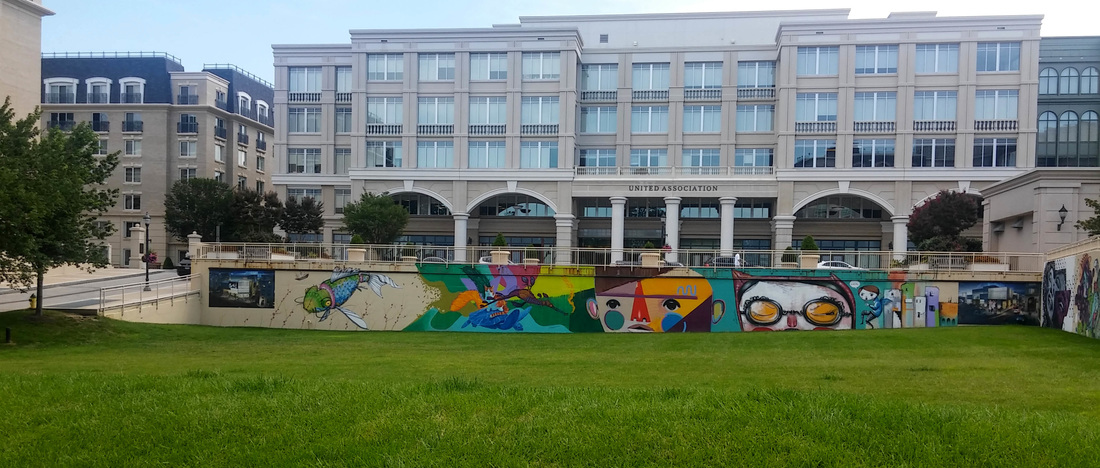
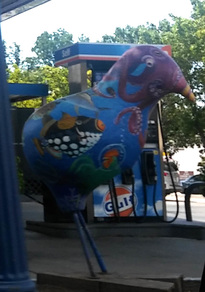
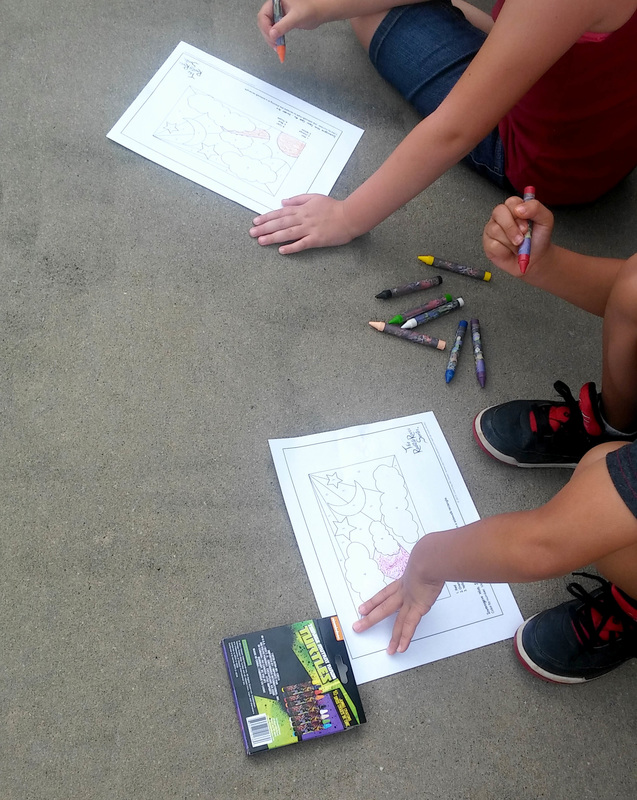
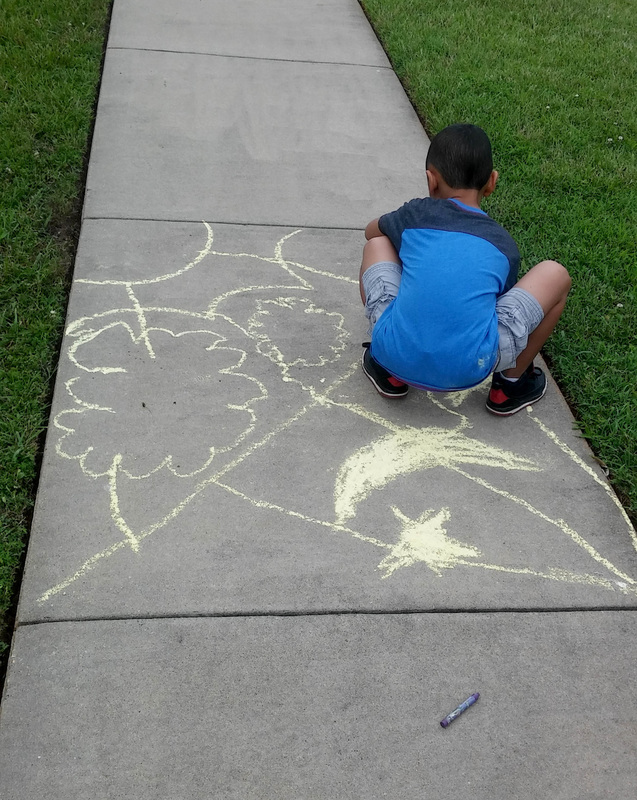
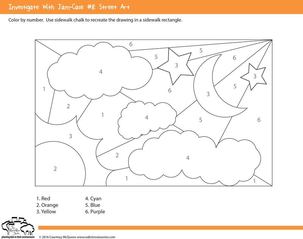
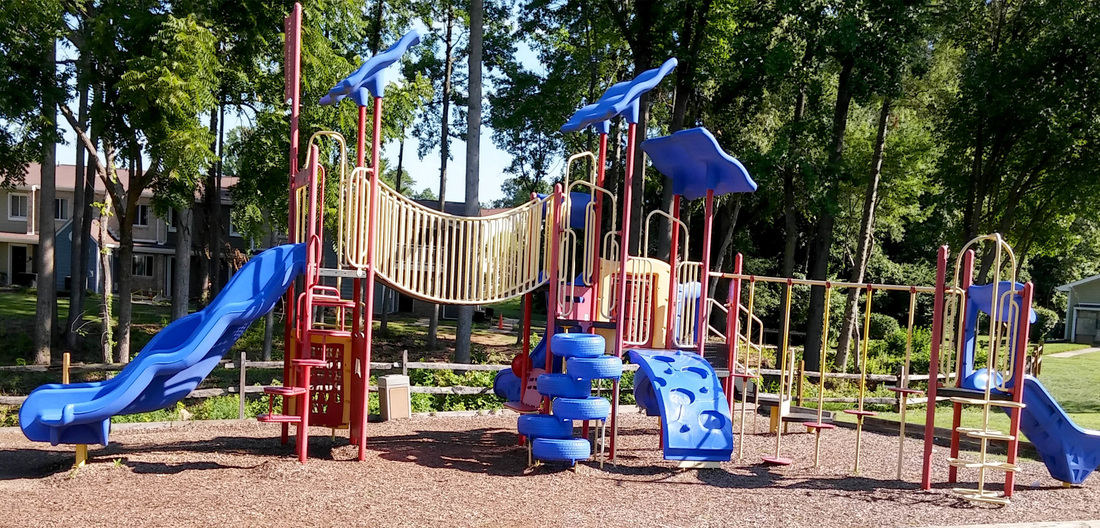
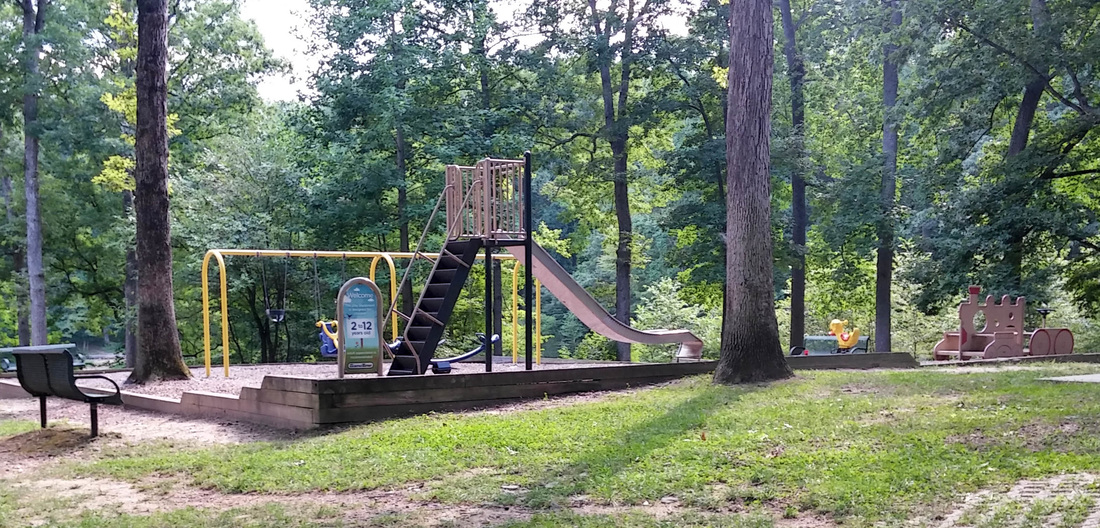
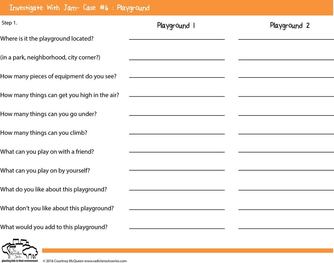
 RSS Feed
RSS Feed
